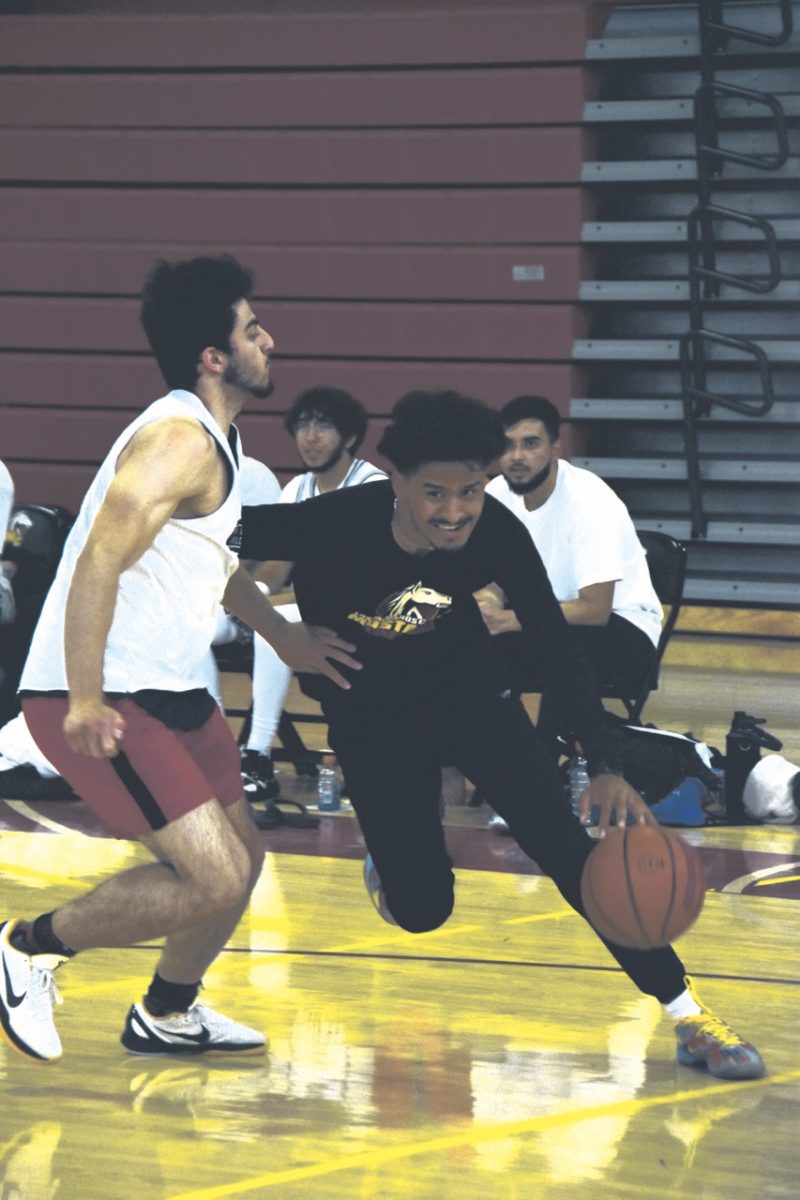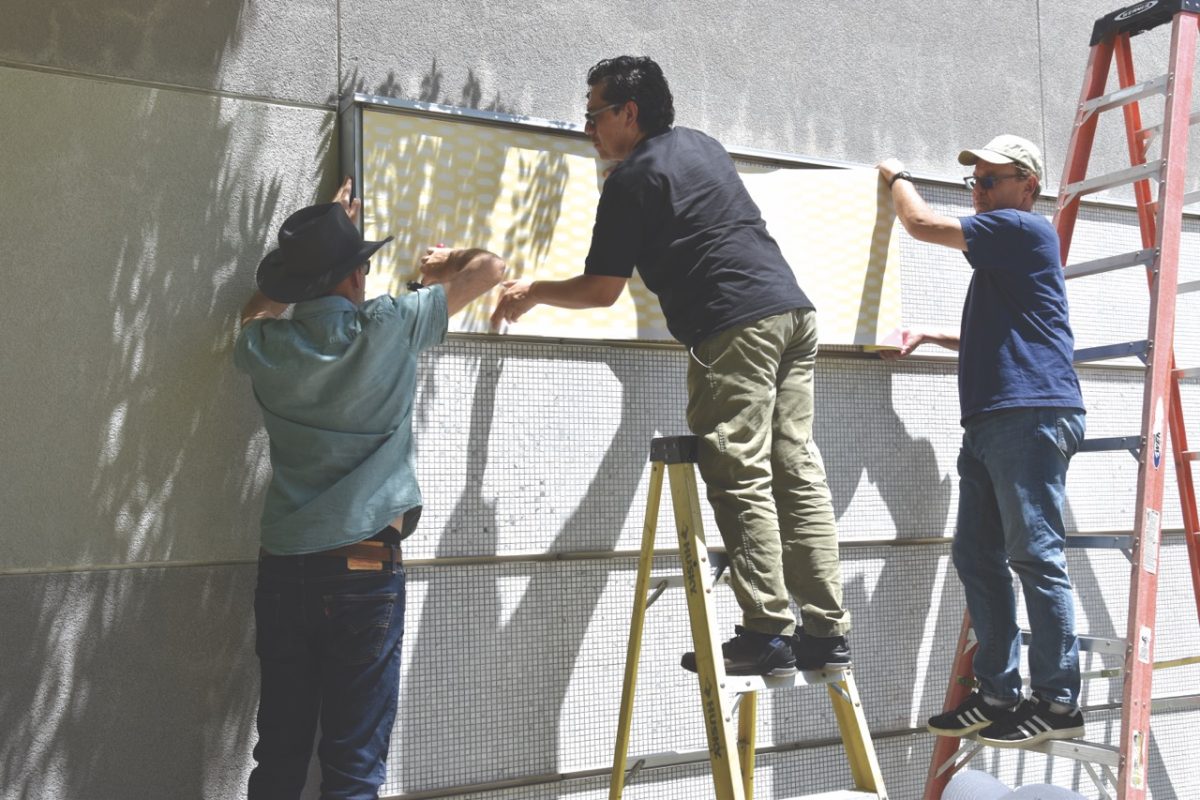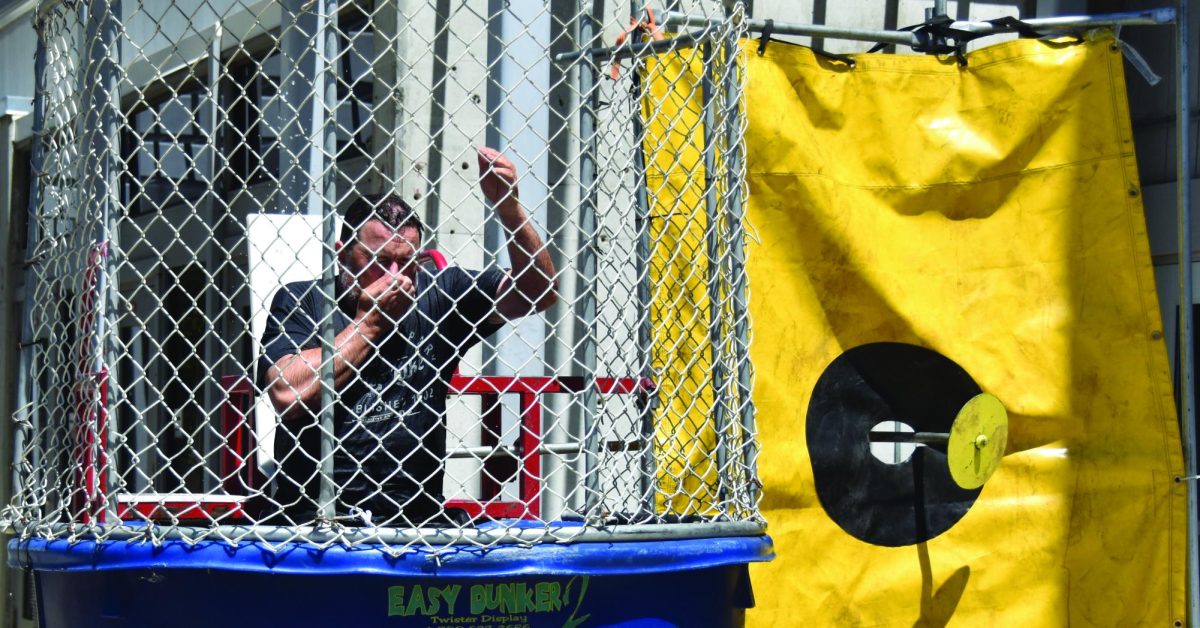The Student Success Scorecard is a new way for California Community Colleges to evaluate themselves and is now under way. The unveiling took place in the Diablo Valley College Trophy Room April 9, and State Chancellor Brice Harris delivered the information.
“This new set of performance metrics makes the California Community Colleges the most transparent and accountable system of public higher education in the nation and is designed to help more students achieve their educational goals,” said Harris. “The scorecard results make it clear how important preparation for college is to student success.”
The scorecard is a way for colleges to look at the success rate of their students. The information from the 112 California Community Colleges is centralized on the State Chancellor’s Office web site CCCCO.edu and will be updated every year at the end of March, for all to see.
This new implementation is part of the California Community College’s efforts to increase the number of students who achieve success, and will be built on the already-in-place data and collection system, known as the Accountability Reporting for Community Colleges (ARCC). “The data is self-generated. It is based on reports that we submit to the chancellor’s office, so they’ll compile all of this,” said LMC President Bob Kratochvil. “In March it will be updated and I’m hopeful that from year to year to year we’ll be able to see some upward pattern of growth and improvement.”
Six categories make up the scorecard, beginning with an overview of the college’s demographic information, including age, race, gender and ethnicity of the students. It also includes persistence and completion rates among other measures of student performance.
“For the first time this data will allow our colleges very clear information regarding student success by race, ethnicity, gender and age so we can work to close performance gaps within those categories,” said Harris. “It is really to be used by colleges to benchmark themselves and to promote continuous quality improvement.”
Students who have completed two courses in a three-year time span will automatically be tracked by the system throughout their educational experience. Not all students will be tracked however those who are taking only one class and those who are not seeking a degree will remain off the radar.
“We are able to track students across the system using a student identifier,” said Vice Chancellor Patrick Perry adding “We also can track students nationally” when they transfer to in-state and out of state colleges as well as privet institutions.
The intention of the scorecard is not only to help students reach success more quickly but to keep California’s workforce competitive.
“The… scorecard isn’t only vital to helping us to help our students but it’s vital to the state of California. We are learning now by 2018 two-thirds of all the jobs in the state of California will require education beyond high school and California’s Community Colleges are the place most students will turn for that education,” said Harris.
Although this new self-evaluation system is not intended to be used as a ranking device of individual colleges, some may opt to use it that way.
“It’s inevitable that students at LMC are going to look at DVC’s website, CCC’s information, Solano’s information, etc. So there is a little bit of competition there because if you saw that LMC’s numbers were better than another college, you might say ‘oh, I think I’ll go there because they seem to have their act together’,” said Kratochvil.
Despite the fact that some competition will develop Kratochvil is not worried about that – he said he is just interested in finding ways to make LMC more successful.
“There is a little competition now amongst the 112 (colleges) as we get this data out there,” said Kratochvil. “But, we can’t be worried about that, we need to make sure we are using it for our own purposes, for our own needs, to implement policies and practices,” that will have a beneficial impact on our studnets.






